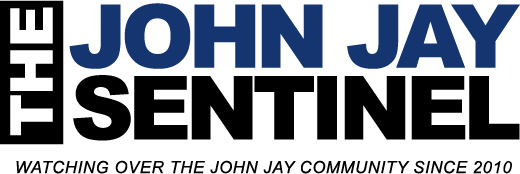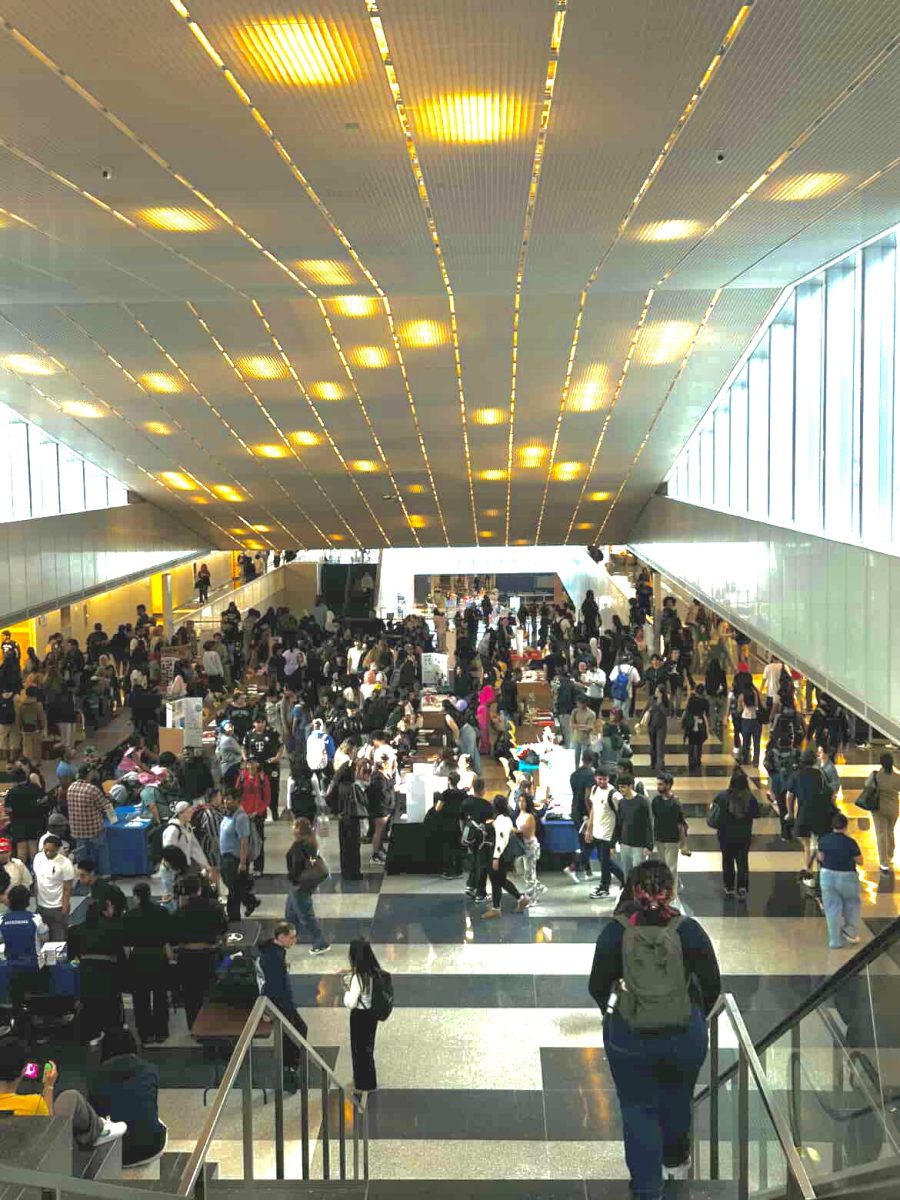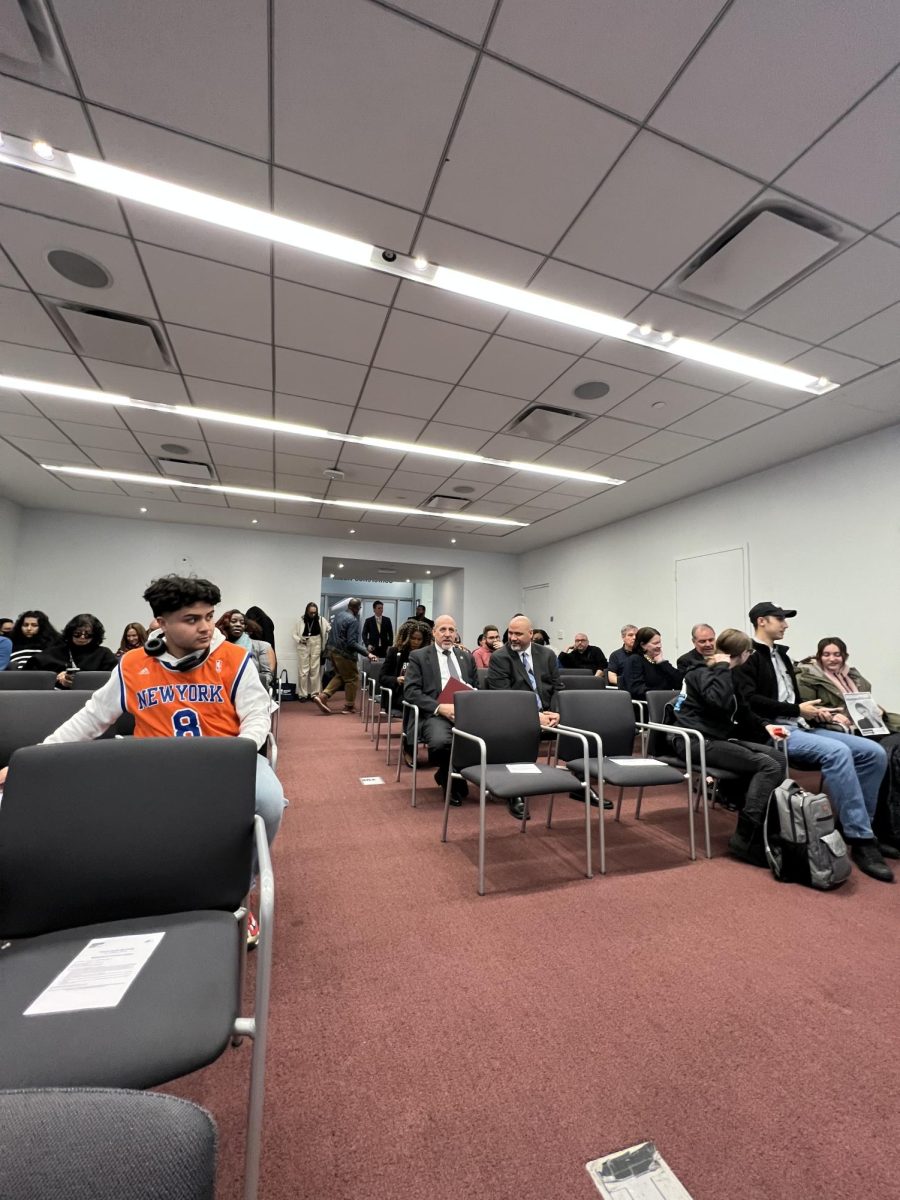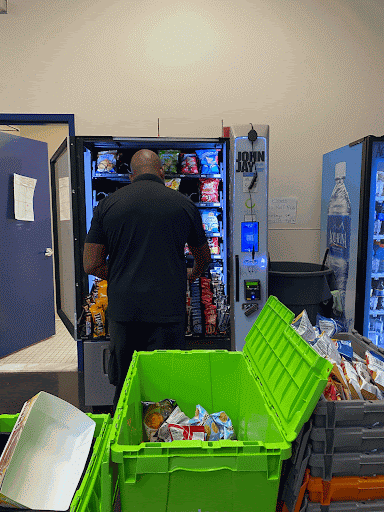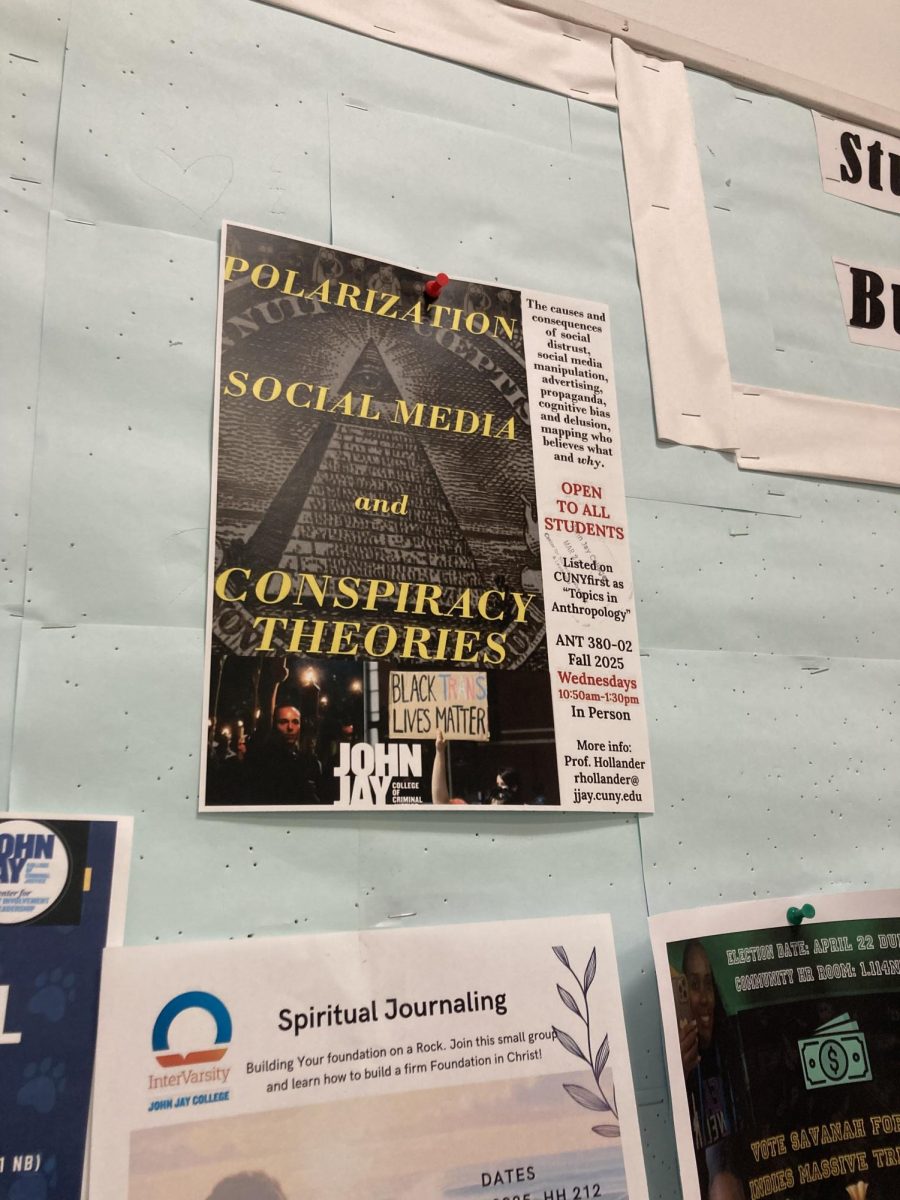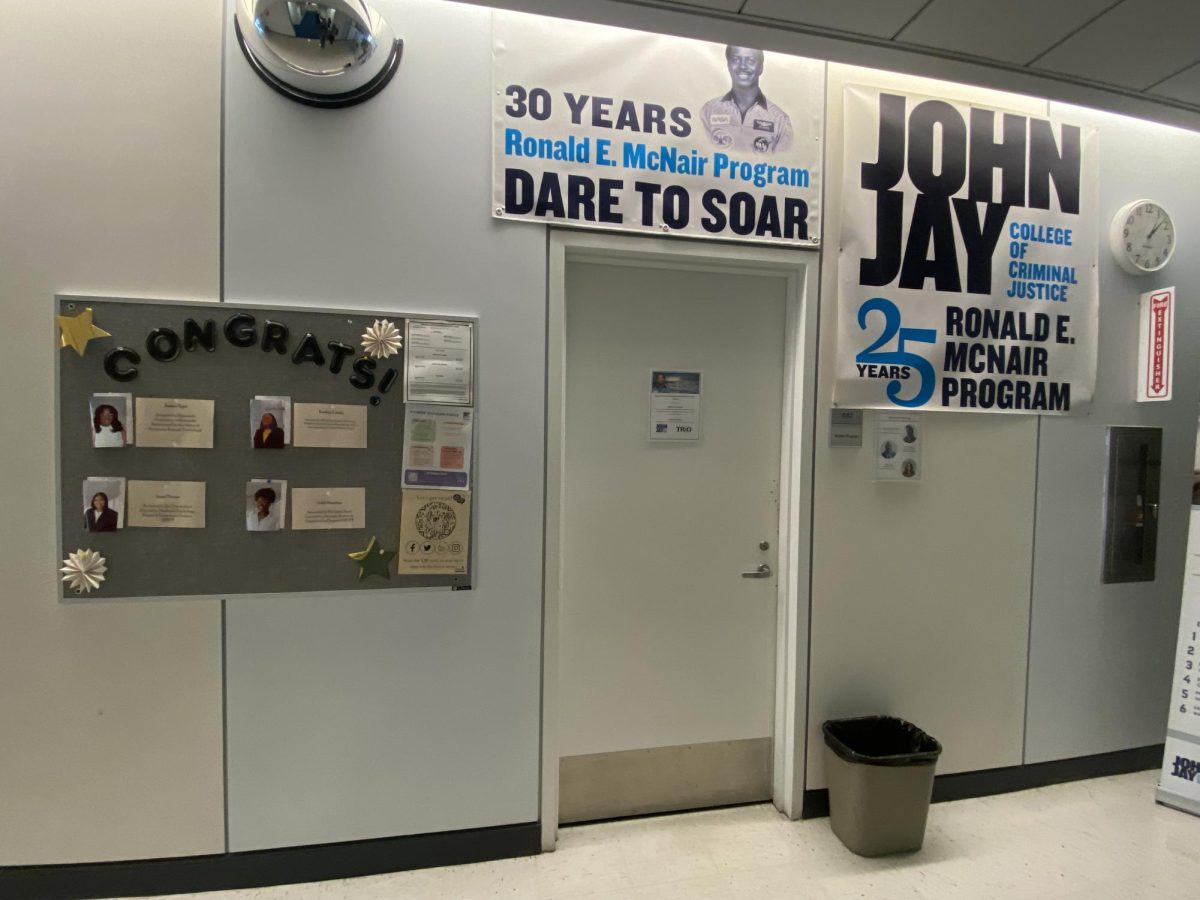The cost of college textbooks has always been a financial burden for college students. At John Jay College of Criminal Justice, efforts have been made to ease this burden through the adoption of Zero-Textbook-Cost (ZTC) courses and Open Educational Resources (OER).
Gina Foster is the director of the Teaching and Learning Center at John Jay.
“OER stands for Open Educational Resources, and it has two main benefits for students. The first is, it saves money. Open educational resources are primarily digital resources that are free of cost to students. They are free access– they can be used, they can be remixed, they can be revised, and recycled,” said Foster.
“The second benefit is that they tend to be better matched to what students are learning and who they are, so we can find materials that better represent our students’ identities and their concerns because they’re not pre-made textbooks.”
Over the past few decades, textbook prices have surged dramatically. According to the Government Accountability Office, between 1986 and 2004, the cost of textbooks increased by 186%, averaging a 6% annual rise– twice the rate of inflation during that period.
This trend has continued over the years– according to the Bureau of Labor Statistics, textbook costs increased by 88% between 2006 and 2016. Such increases have made textbooks a substantial expense for students, often ranging from $700 to $1,000 a year.
The financial burden of purchasing textbooks has many students making difficult choices that can affect their academic success.
Some students opt not to register for certain courses, while others may take fewer classes, drop courses, or even withdraw from school due the high course of required materials.
Bruce Shenitz is the Adjunct OER librarian at John Jay. Shenitz has become increasingly involved in OER librarianship.
“There’s become a greater interest in OER and zero-cost–textbooks, partly as a result of that period when students weren’t coming to class. They couldn’t borrow books from the library or if they couldn’t buy a textbook,” said Shenitz.
In response to these challenges, John Jay has embraced the use of OER and the development of ZTC courses. By utilizing accessible, openly licensed materials, the college aims to reduce or eliminate the cost of textbooks for students.
This initiative aims to promote equitable access to educational resources.
Wynne Ferdinand is the Director of General Education and Educational Partnerships at John Jay.
“OER is even part of the sustainability goals at the United Nations. It’s a global movement to make sure that we can make education more equitable,” Ferdinand said.
In CUNY Global Class Search, when selecting John Jay and the desired term, such as Spring 2025, a student can select “ZERO Textbook Cost” as a Course Attribute. This search tool can help undergraduate or graduate students find zero-cost courses.
However, some courses that are ZTC may not appear in the CUNY Global Class Search.
Leslie Molina, a junior majoring in Criminal Justice, said she was not aware of the Zero-Textbook-Cost search tool in the CUNY Global Class Search.
“That seems like a great tool, but I’m not sure if I can find the courses that I need there,” said Molina. “There is a concern about the quality of books too. Are the resources in Zero-Textbook-Cost classes good? Am I learning what I need to?”
Professor James De Lorenzi, an Associate Professor of History at John Jay, specializes in the history of the Horn of Africa and the Red Sea region.
He has adopted a zero and/or low cost textbook within his courses.
Professor De Lorenzi expressed concerns regarding the impact textbooks costs have on students.
“It’s not fair for students, it’s not equitable. We should do better,” he said. “Quality is my biggest concern. For my course materials, I like to say I will choose the best quality for my students and it happens to be free.”
Professor De Lorenzi suggests using OER and collaborating with students and colleagues as alternatives to expensive textbooks.
“A student of mine last semester told me that I could get my course materials– a book we were reading– from the New York Public Library. This is a book I use in current courses.”
Students can also find OER sources in the Lloyd Sealy Library at John Jay, located within Haaren Hall. The library offers access to over 200 general and specialized databases, more than 185,000 journals and newspapers, and approximately 190,000 electronic books.
These resources are accessible both on campus and remotely. Students and faculty can access the library’s materials in-person from Monday to Friday 9:30 AM to 8:45 PM and Saturday 12 PM to 4:45 PM.
The library allows students and faculty to borrow books for free using their John Jay ID. In addition, academic journals, research papers, and e-books can be accessed remotely with CUNY credentials at any time.
For materials not available in the library’s collection, students and faculty can use the Interlibrary Loan (ILL) to request books, articles, and other resources from partner libraries at no cost.
By logging into the John Jay ILL portal with their CUNY credentials, users can submit requests. The materials are then sent digitally to the user or can be picked up from the library when they arrive.
Professor Marisa Tramontano, a Doctoral Lecturer in Sociology, has emphasized her commitment to enhancing students’ educational experiences. Tramontano has participated in workshops to implement open educational resources within her course materials.
“I think many professors are trying to make materials more accessible. I appreciate that John Jay is investing resources in OER workshops. More professors than not, don’t really think about it. They use the book they always use, they assume students have the same kind of financial resources like their kids who are in college.”
Professor Tramontano expressed the importance of the use of open and alternative resources for students. “I learn about the actual conditions our students live in. Textbooks are a financial barrier. They can’t buy the textbooks at all and they struggle learning the material.”
“Open educational resources require respecting our students. Respecting their knowledge and respecting their current material conditions. Open educational resources that use student ideas, makes it so why do you have to assign materials that are written by PHD’s, hidden behind paywalls, when our students are experts in their own lives,” she said.
“Education should be free– materials that accompany education should be free. Knowledge production should be accessible to everyone,” Professor Tramontano said.

